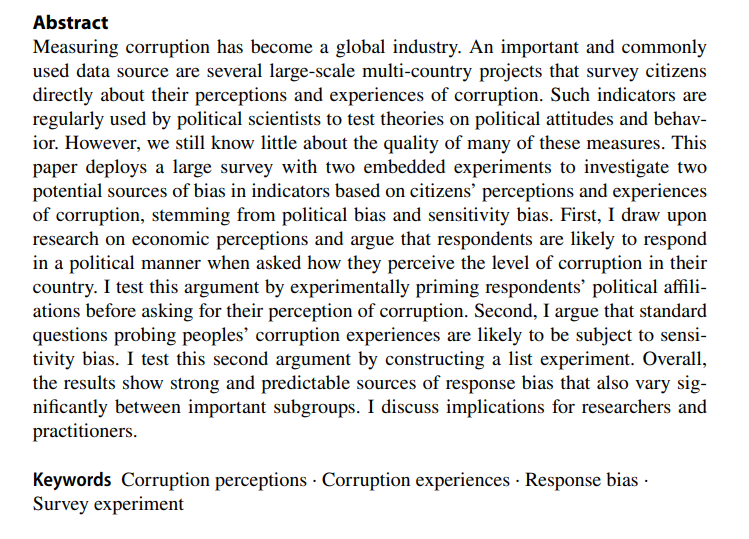Day 2
Math 216: Statistical Thinking
Sampling and Inference
- A population includes all individuals or objects of interest.
- A sample is all the cases that we have collected data on (a subset of the population).
- Statistical inference is the process of using data from a sample to gain information about the population.
Sampling and Inference (Source)

Blue Crab in Maryland Coastal Bays
Population
- All blue crabs in the Maryland Coastal Bays (MCB).
- Includes sub-estuaries: Assawoman Bay, St. Martin River, Isle of Wight, Sinepuxent Bay, Newport Bay, Chincoteague Bay.
Sample
- Blue crabs collected from 20 sites within MCB.
- Sample period: April - December, 2014-2016.
- Method: Trawl surveys.
Blue Crab in Maryland Coastal Bays
Variables
- Primary Variable: Carapace width, sex, maturity status, molt stage.
Inference
- Population structure of blue crabs in MCB.
- Seasonal variations: size distribution, molt cycles, reproductive patterns.
Sampling Bias
- Sampling bias occurs when the method of selecting a sample causes the sample to differ from the population in some relevant way.
- If sampling bias exists, we cannot trust generalizations from the sample to the population.
To eliminate sampling bias, always take a RANDOM SAMPLE!
Bias in Data
Even with a random sample, data can still be biased, especially when collected on humans.
Some forms of bias to watch out for in data collection:
- Question wording.
- Question order.
- Context.
- Non-response bias.
Question Wording
A random sample was asked: “Should there be a tax cut, or should money be used to fund new government programs?”
| Tax Cut | Programs |
|---|---|
| 60% | 40% |
Question Wording
A different random sample was asked: “Should there be a tax cut, or should money be spent on programs for education, the environment, health care, crime-fighting, and military defense?”
| Tax Cut | Programs |
|---|---|
| 22% | 78% |
Question Order
- Depending on the order of questions, we can see either greater or lesser differences in responses.
- Respondents tend to provide answers consistent with their prior responses.
Swedish Study: Response Bias

Identified Sources of Bias in Swedish Study
Political Bias: The study experimentally primes the political affiliations of the respondents before asking questions about corruption. This bias arises when people’s political leanings affect their perception and reporting of corruption levels.
Sensitivity Bias: Questions about one’s experiences with corruption are sensitive in nature and may result in biased responses due to fear of retribution or social stigma.
Context
Ann Landers column asked readers “If you had it to do over again, would you have children?”
The first request for data contained a letter from a young couple which listed worries about parenting and various reasons not to have kids.
\[30\% \text{ said yes}\]
Context
The second request for data was in response to this number, in which Ann wrote how she was “stunned, disturbed, and just plain flummoxed.”
\[95\% \text{ said yes}\]
Non-response Bias
When respondents are either unable or unwilling to respond to your survey, this results in non-response bias.
- Survey targeted to the wrong audience.
- There is general unwillingness due to polar opposite opinions.
- The survey did not reach the right respondent.
- e.g., A survey asking teenagers about the best cigarette brands.
Think-Pair-Share

- Think: Reflect on a real-world example where sampling bias might occur (e.g., political polls, health surveys).
- Pair: Discuss their example with a partner and identify potential sources of bias.
- Share: Share their findings with the class and propose ways to mitigate the bias.
05:00
Experiment vs. Observational Study
An observational study is a study in which the researcher does not actively control the value of any variable but simply observes the values as they naturally exist.
An experiment is a study in which the researcher actively controls one or more of the explanatory variables.